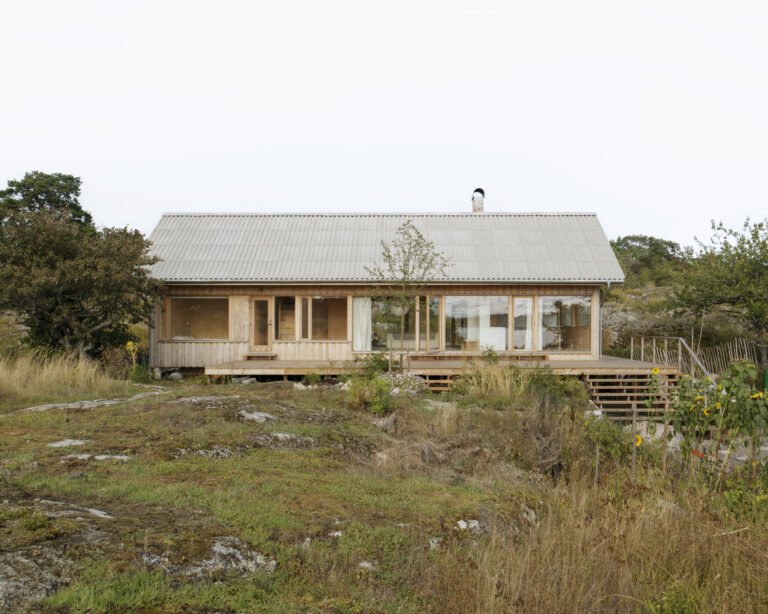New renderings depict three unbuilt Frank Lloyd Wright skyscrapers in astonishing detail
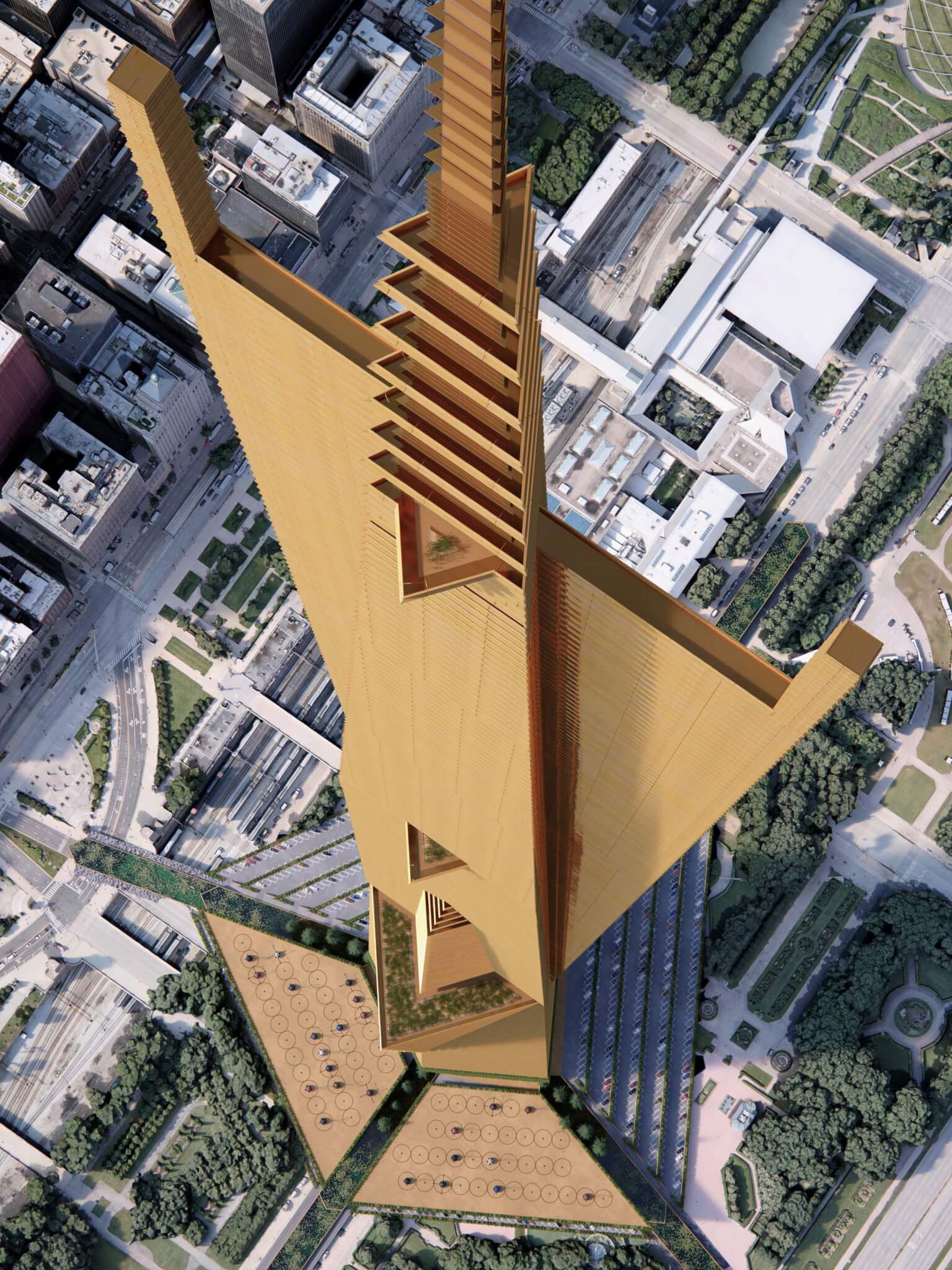
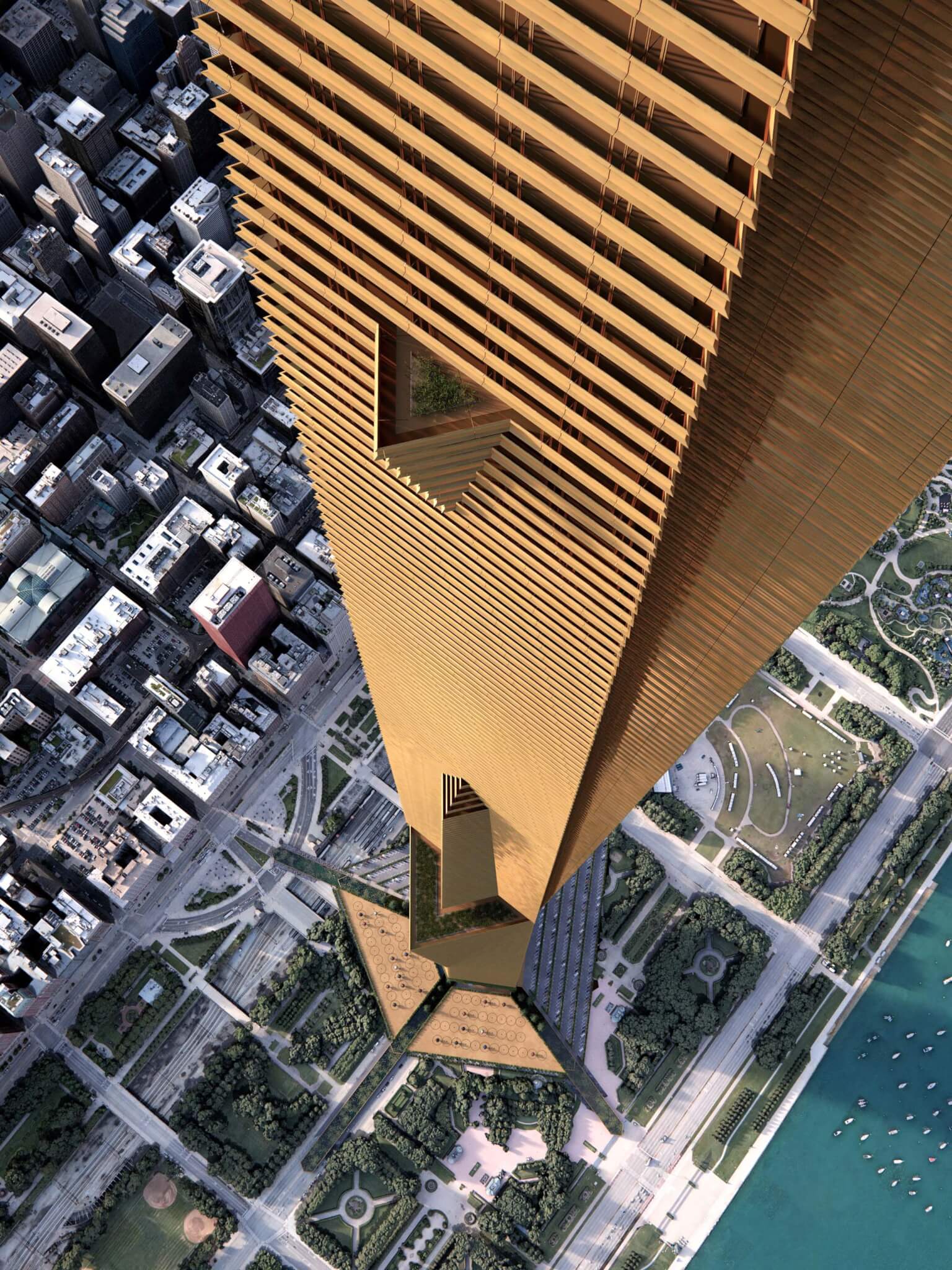
In a very of-the-era flourish, Wright envisioned the building’s 100,000 occupants circulating in 76 atomic-powered, five-story elevators that would move a mile per minute (about three times faster than the fastest elevators today).
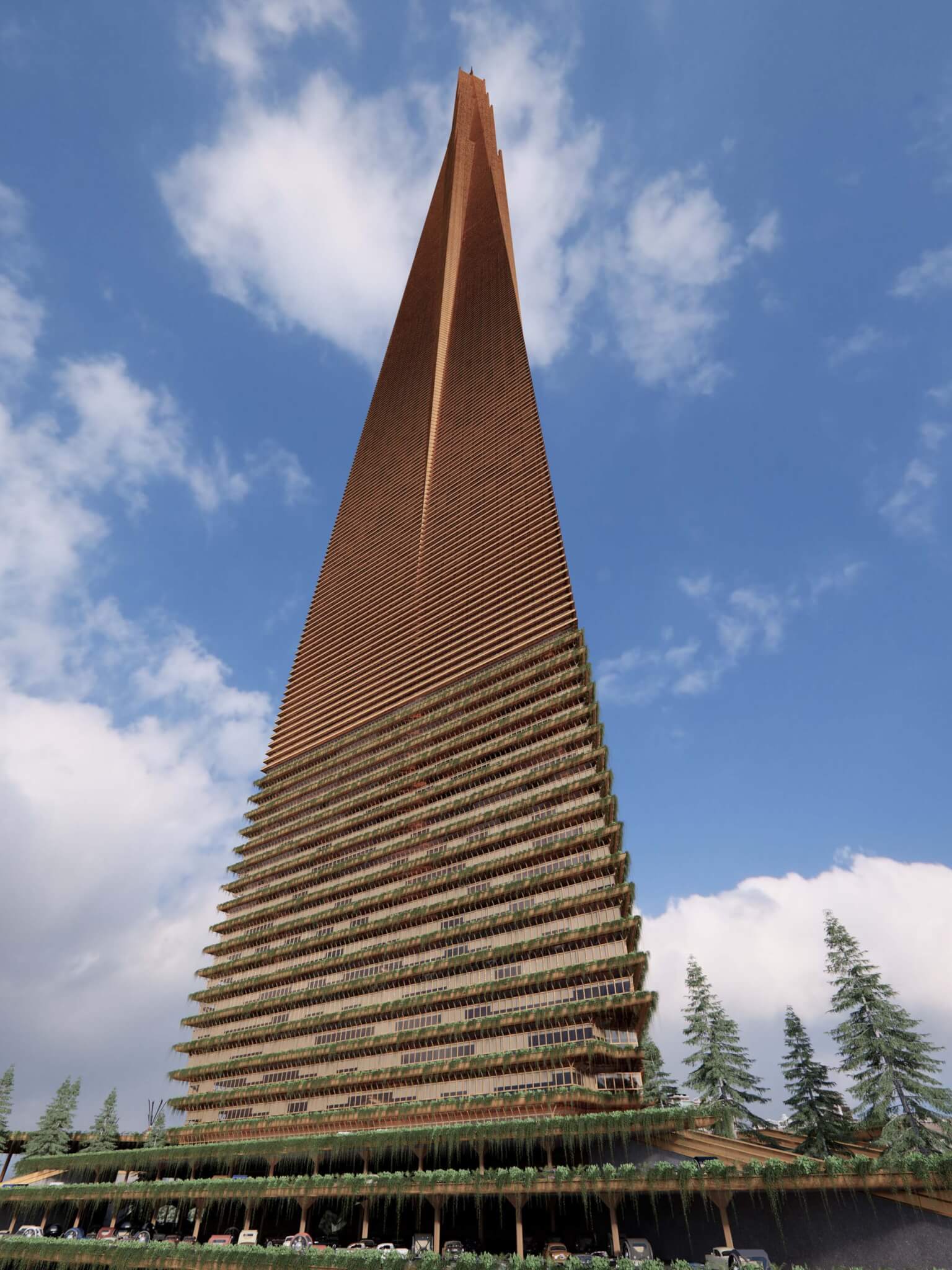

Sticking to Chicago projects, Romero also visualized the National Life Insurance Building, a heavily ornamented 25-story tower on North Michigan Avenue that pays tribute to skyscraper daddy and Wright mentor Louis Sullivan.

Wright designed the copper-paneled, glass curtain wall structure for his client Albert M. Johnson, the then-president of National Life Insurance.
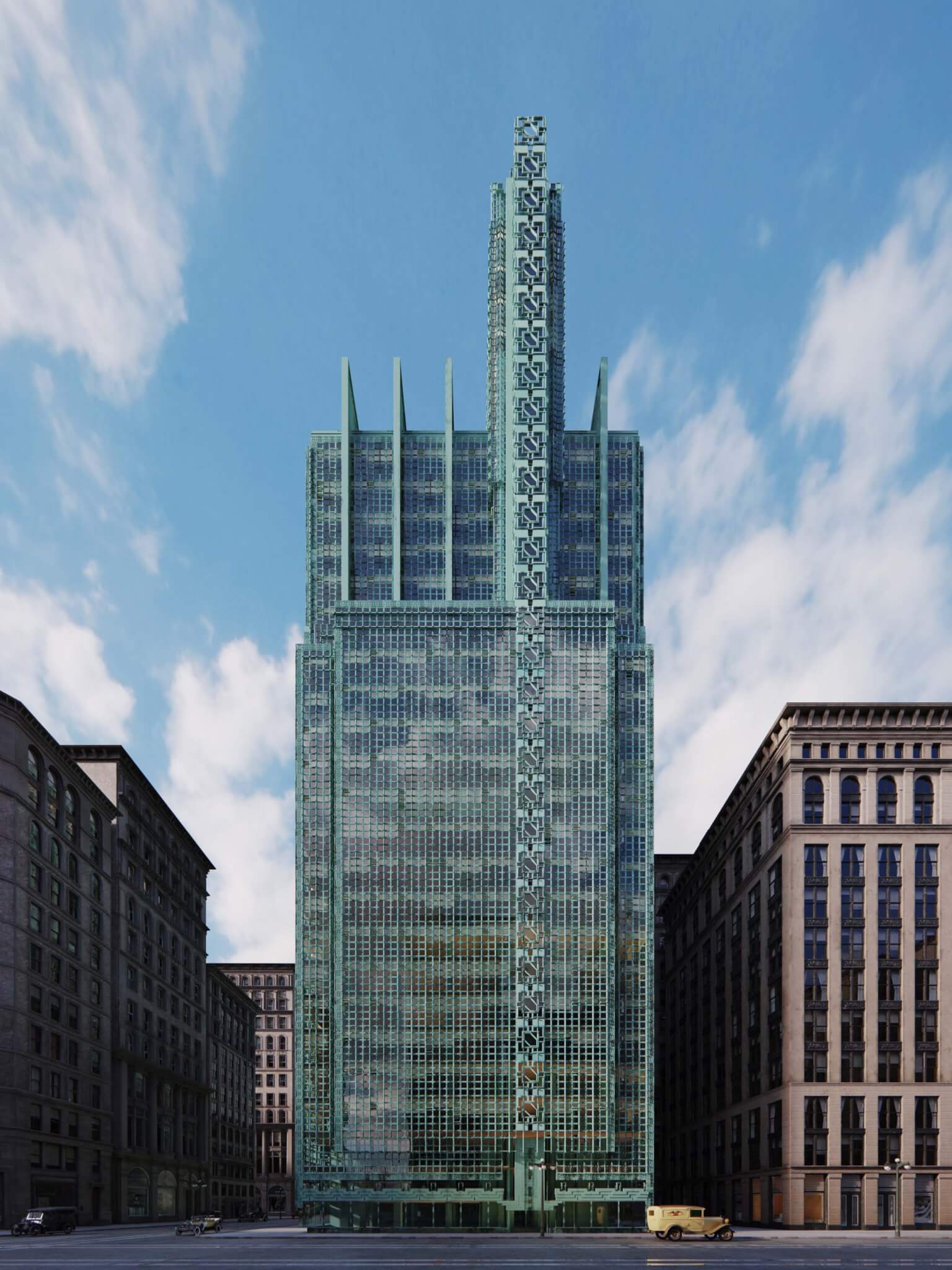
In late 1940, a group of developers tapped Wright to design a mixed-use greenfield development in Washington D.C. For the project, now known as Crystal City, Wright planned a series buildings ranging in height from 140 to 260 feet arranged in a dramatic U shape that would host apartments, shopping, a hotel, a theater, and parking garages.

Wright planned the complex without regard for the city’s strict height and use limits, one factor that led the National Capital Park and Planning Commission to veto the project.





